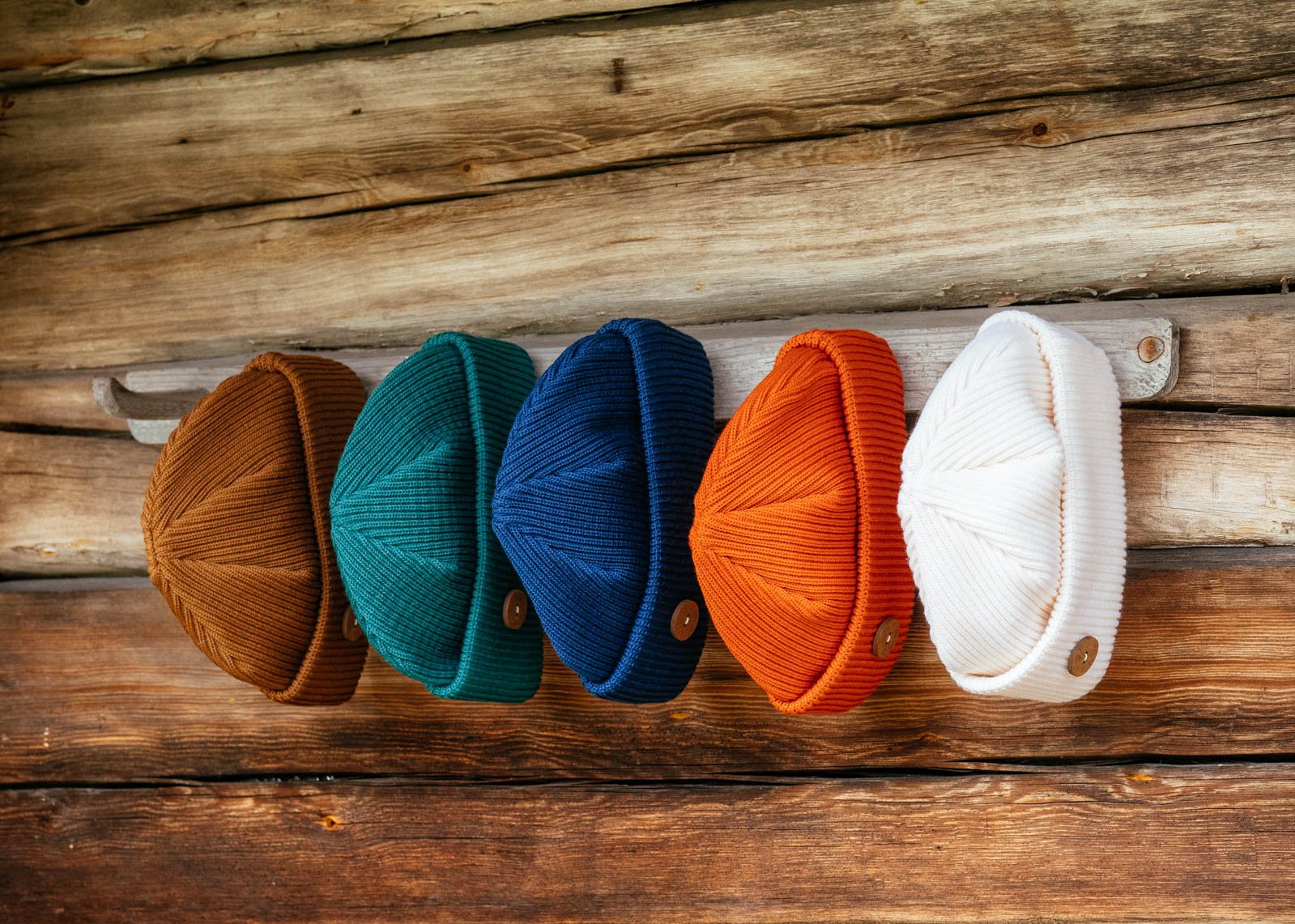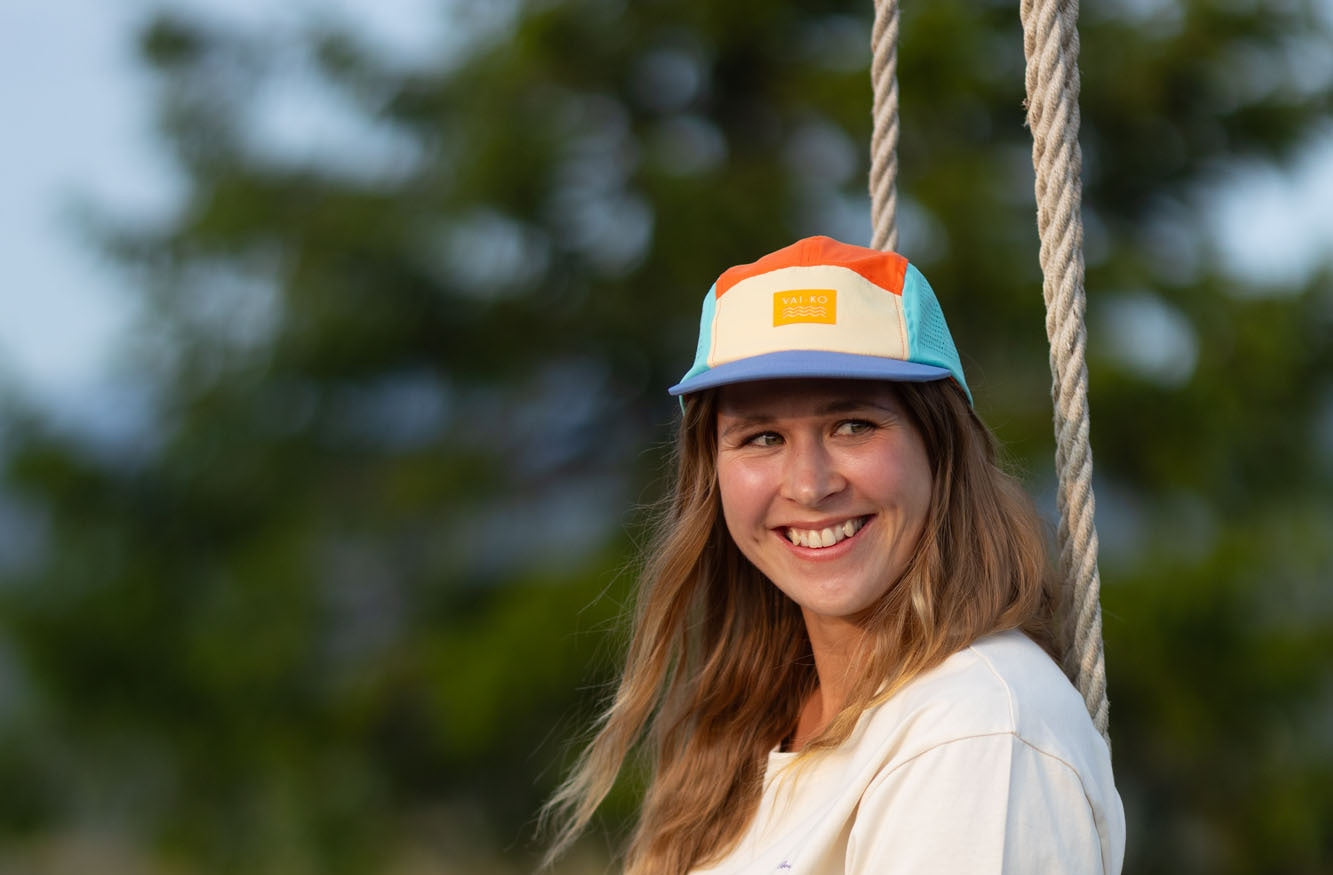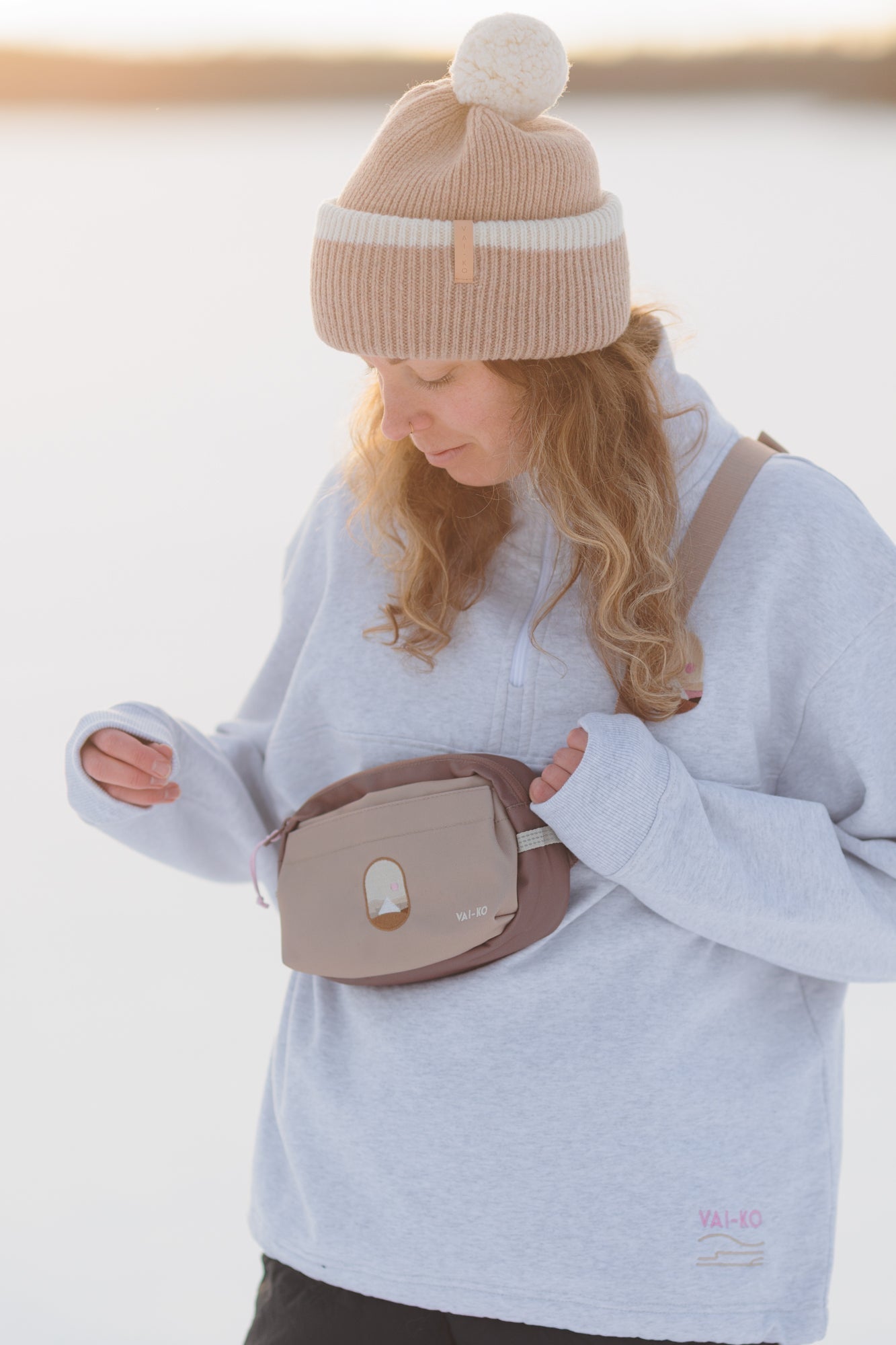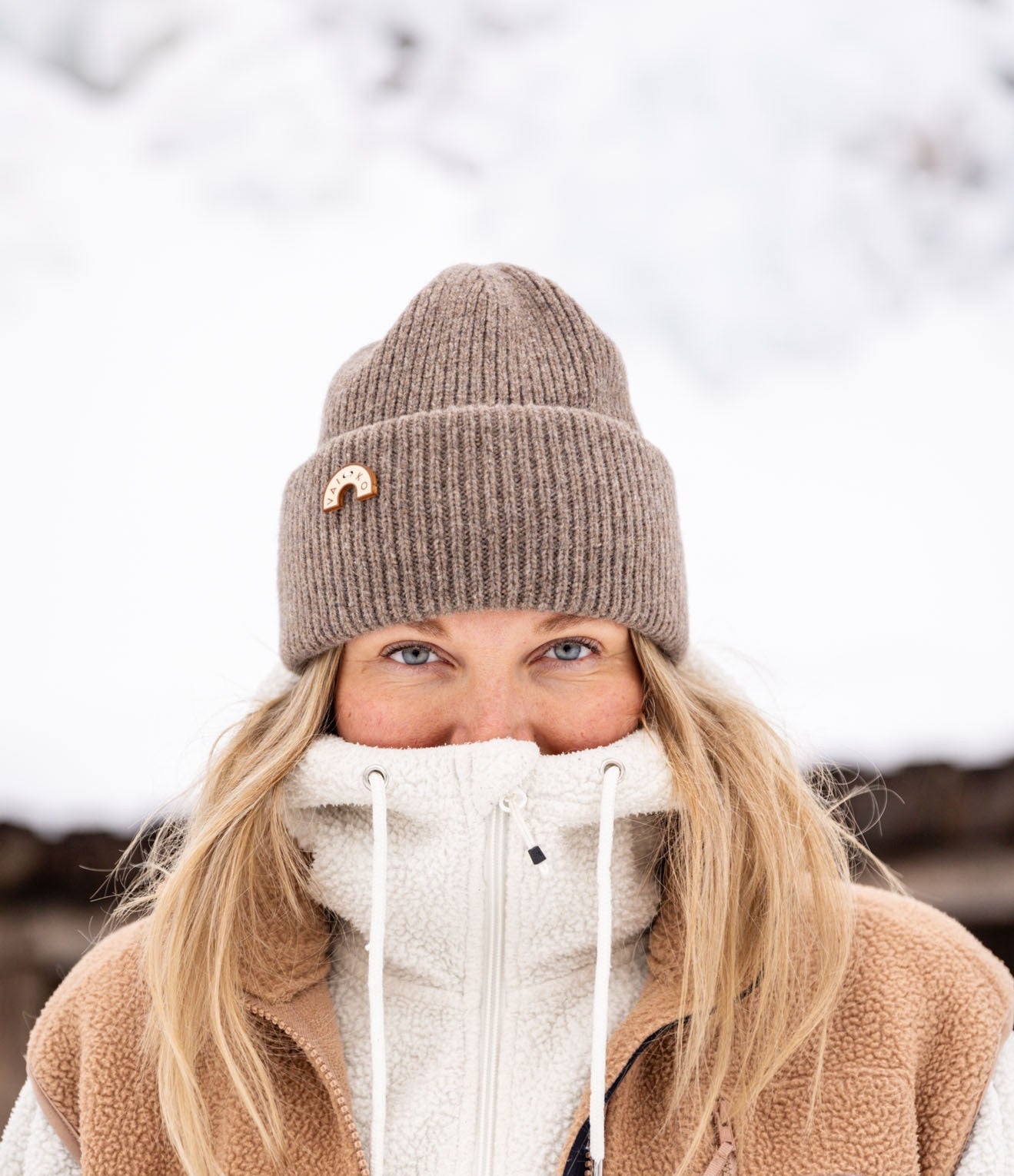Did you know…
A typical garment is washed and dried 20 times during its lifecycle and worn about 55 times. If a piece is used along let’s say 4 years, that means it’s used only once every 2 months for two days and then washed. That is not much and it has a lot to do with the worsening quality of clothing and our poor laundering habits.
And do we really need so much clothes that we wear each piece only an average of 6 times a year?
Generally, the greatest factor in the environmental impact of a piece of clothing is laundering. Other factors, growing, processing and disposing, take a bigger portion with pieces made of materials that don’t need much washing or pieces that are hardly used.
Micro-plastics
One of the environmental problems with laundering is micro-plastics. Anything that contains plastic spreads micro-plastics especially during washing. It spreads with waste water and finally end up in lakes and oceans where they are eaten first by fish and then by people.
Natural materials don’t have that problem and by using organically grown fibers you can also make sure no chemicals are left behind in nature or on the skin of person wearing the garment.
Washing frequency
The washing of a polyester blouse for example uses around six times more energy than is needed to make it in the first place. So just by washing the blouse half as often cuts the environmental impact close to 50 percent.
Drying
Tumble drying is responsible for 60 percent of the usage of energy and it is also damaging to your clothes and cause them to wear out quicker.
So you might want to consider moving to line drying for environmental reasons…
Temperature
The washing directions on clothing tell you the highest possible temperature in which the garment can be washed. Most of the time that temperature is 40 degrees Celsius. Doing laundry at a lower temperature reduces energy consumption by 10 percent for every 10 degrees Celsius reduction. So just by lowering the temperature to 30 degrees Celsius you have made a 10 percent cut in the environmental impacts, without compromising in cleanliness.
Detergent
Biodegradability and concentration are key in picking a laundry detergent. Concentrated detergents include fewer chemicals and less packaging: they contain only what is needed unlike regular non-concentrated detergents that are “bulked-up” with fillers to make it seem like you get more for your money. So follow the dosage in your detergent package or maybe add a little less than is instructed to your washing machine.

As it turns out, not even laundering is free from environmental consequence. The best way to downsize these consequences would be to simply not wash our clothes as often.
This is another reason why Merino Wool is such a super material.
Eco-friendly Merino Wool
Merino Wool is a naturally dirt- and odor-resistant fibre. It breathes and lets moisture evaporate freely, so not rain nor sweat can disturb its capability to keep you warm and fresh. After a serious hike, it is best to let your Merino Wool beanie or other piece dry and air-out but no washing is needed.
If you want to freshen up your Merino piece, maybe tighten it up or reshape it, you can put it in lukewarm water with a drip of gentle detergent and press it around a bit. Some products can be washed in a washing machine but a gentle soak is always enough to clean Merino Wool pieces.
So the good news is, you as a human being that wears clothes (I’m going to assume you wouldn’t be reading this if you didn’t) have a lot to say in the environmental issues caused by laundering. Take good care of your clothes: air-out non-stained items, store your clothes loosely, use eco-friendly detergents and materials plus wash in lower temperatures.
The last laundry tip is, as the saying goes: air out your dirty laundry regularly but in private...








